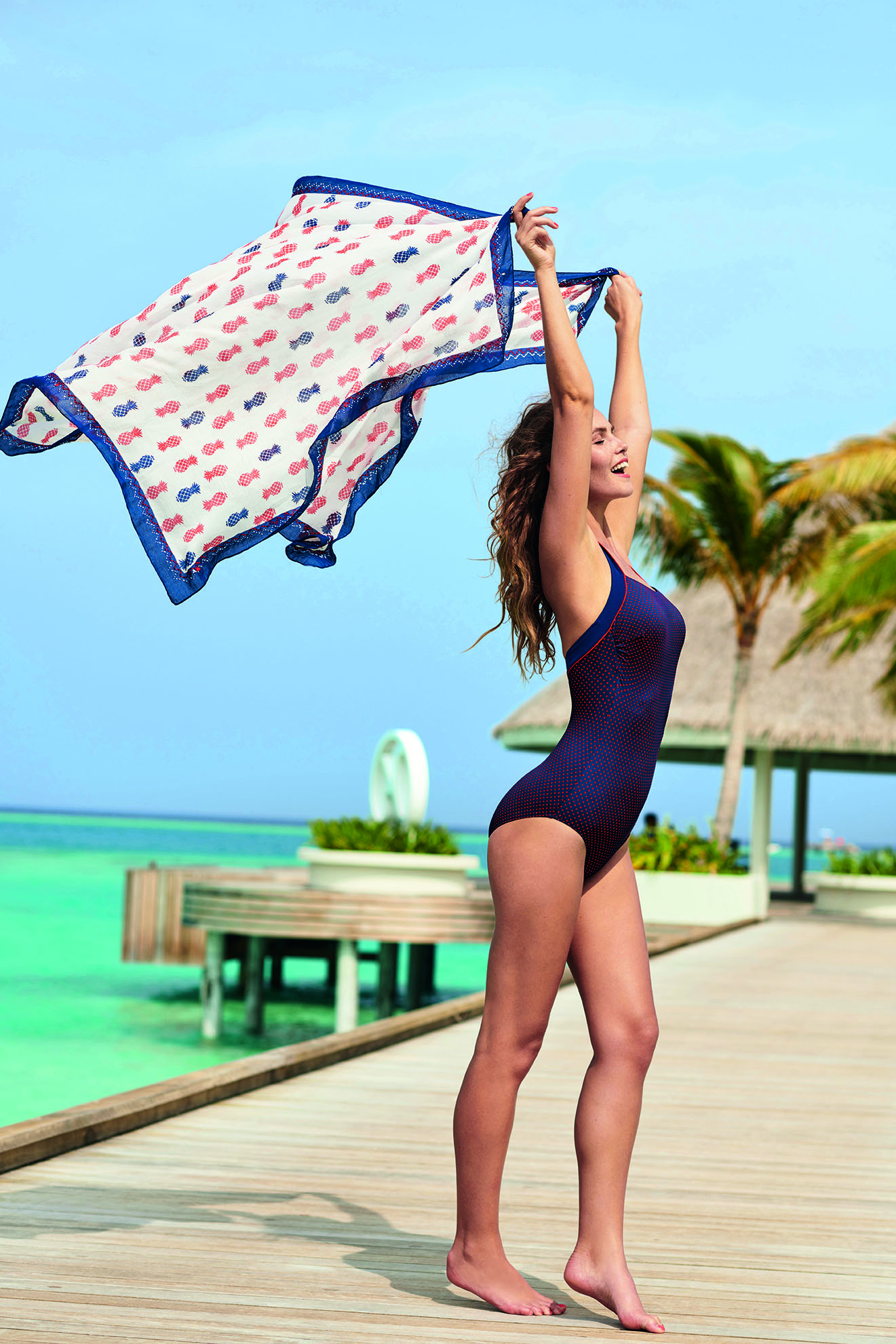The history of the one-piece swimsuit dates back to the mid-1800s when women’s swimwear consisted of full-body coverings that included dresses and bloomers made of heavy woolen fabric. This swimwear was designed to cover the body entirely and protect women’s modesty in public.
However, as swimming became more popular, swimwear designs began to evolve, and by the early 1900s, the one-piece swimsuit had emerged as a popular style. These early one-piece swimsuits were typically made of wool or cotton and featured a modest cut that covered the arms and legs, and the swimsuit had a skirt-like flap at the bottom.
In the 1920s, swimwear designs became more daring, reflecting the fashion trends of the time. One-piece swimsuits became more form-fitting, with shorter hemlines and low-cut necklines, revealing more skin. By the 1930s, the one-piece swimsuit had become a staple of women’s swimwear, with designs that featured high-cut leg openings and low backs.
In the 1940s and 1950s, swimsuit designs continued to evolve, with the introduction of new materials like nylon and spandex, which allowed for more form-fitting and stretchy designs. One-piece swimsuits became more colorful and featured bold prints and patterns.
In the 1960s and 1970s, the one-piece swimsuit continued to be a popular style, with designs that featured halter necklines, plunging necklines, and cutouts. However, the popularity of the bikini began to rise during this time, and one-piece swimsuits became less common.
In recent years, there has been a resurgence of interest in one-piece swimsuits, with designers creating new and innovative styles that feature a range of cuts, colors, and materials. Today, one-piece swimsuits are a popular choice for women of all ages, and they continue to be a staple of women’s swimwear.
